PPT-Electronic Lab Notebooks (ELNs)
Author : LaughsALot | Published Date : 2022-08-04
The opinions of physical chemists Isobel Hogg and Alisa Becker January 2015 Todays aims Introduction to the project Methodology Results Barriers to implementation
Presentation Embed Code
Download Presentation
Download Presentation The PPT/PDF document "Electronic Lab Notebooks (ELNs)" is the property of its rightful owner. Permission is granted to download and print the materials on this website for personal, non-commercial use only, and to display it on your personal computer provided you do not modify the materials and that you retain all copyright notices contained in the materials. By downloading content from our website, you accept the terms of this agreement.
Electronic Lab Notebooks (ELNs): Transcript
Download Rules Of Document
"Electronic Lab Notebooks (ELNs)"The content belongs to its owner. You may download and print it for personal use, without modification, and keep all copyright notices. By downloading, you agree to these terms.
Related Documents

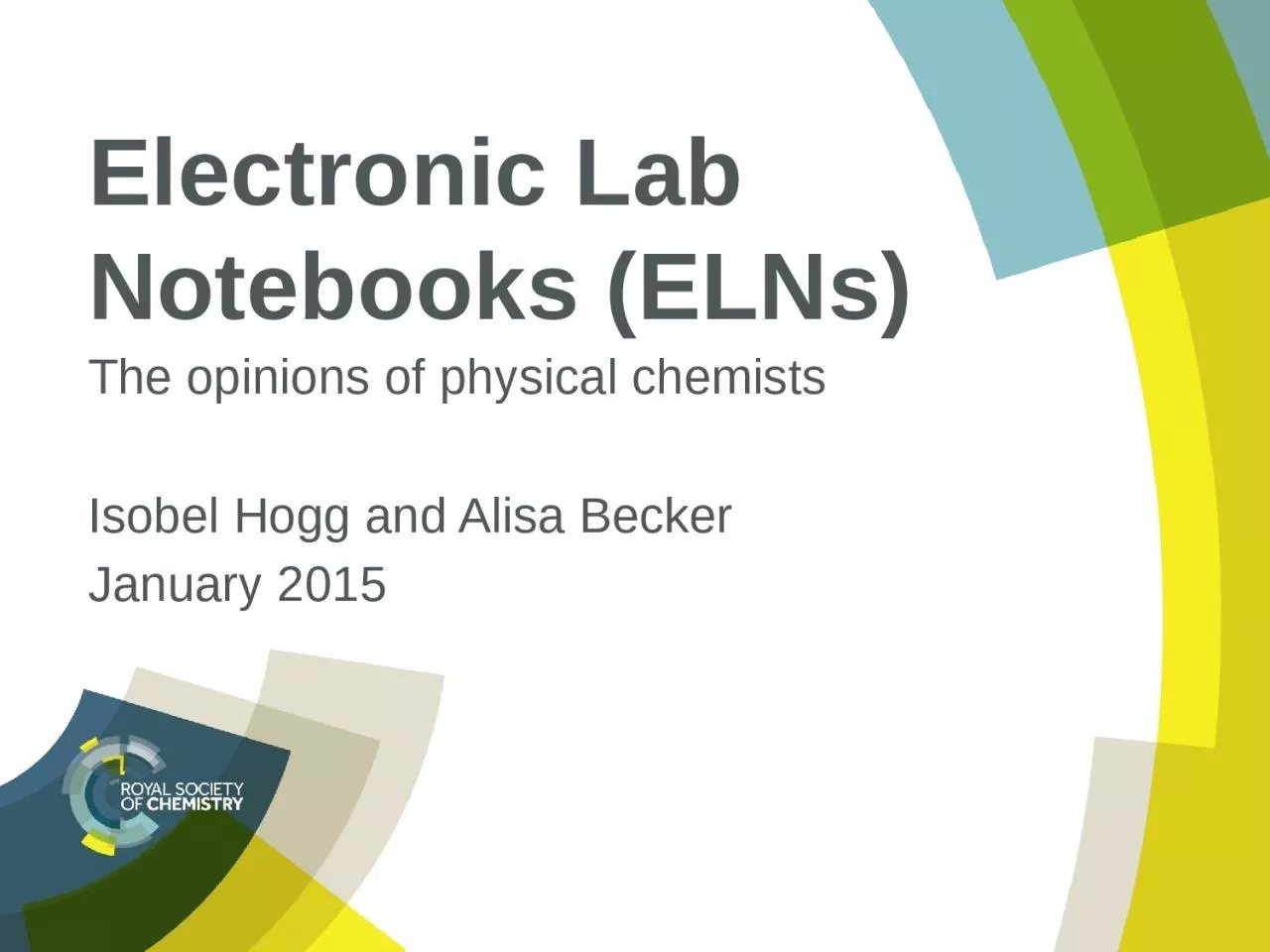
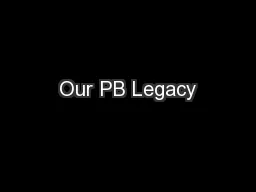
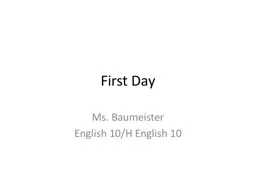
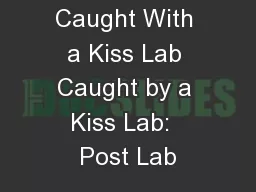
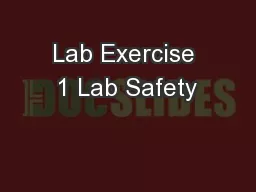
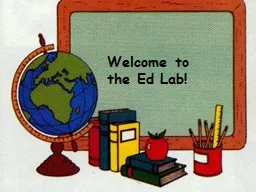

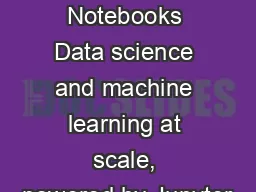
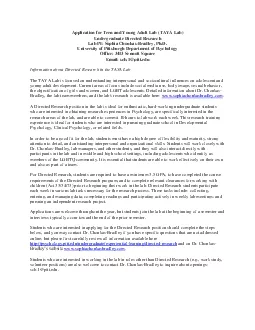

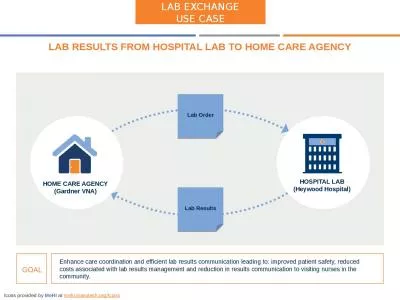
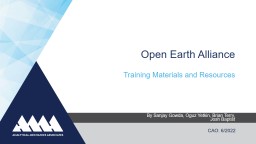
![[READ] Composition Notebooks Wide Ruled: Aesthetic Preppy Notebook | Cute Composition](https://thumbs.docslides.com/1008439/read-composition-notebooks-wide-ruled-aesthetic-preppy-notebook-cute-composition-notebooks-for-teen-girls.jpg)
